Ranunculus repens
Non-native fast-spreading buttercup often covering large areas
Ranunculus repens creeping buttercup
This perennial alien species is native to Eurasia and northwest Africa, but was sold as an ornamental plant worldwide and is now widely naturalized in North America. It can be identified by the pale blotches on the leaves and by creeping runners (stolons) that produce new roots and leaves. The plant responds to poor soil conditions by sending out longer unbranched stolons. They will root only when better soil is encountered.
The leaves are divided into three segments. Each segment is further shallow or deeply lobed and the central segment has a stalk. The stems and the leaves are both finely hairy. It can reach a height of 1-3 feet. The bright yellow glossy flowers are born on a long petiole. Each is about 2-3 centimeters in diameter. It blooms from May until August. It is common along roadsides, in vacant lots, in old gardens and wet meadows. It is sometimes cultivated but can aggressively crowd out other plants, especially in wet soils.
Like most buttercups, this species is poisonous and contact with the sap can irritate the skin and cause blisters. Grazing animals tend to avoid it because of its bad taste.
Habitat & Range
Common in low meadows, stream banks, and wet places.
Present throughout the state.
Range: Has naturalized throughout North America.
| EMP: | FAC |
|---|---|
| NCNE: | FAC |
Phenology
Flowers May through late August.
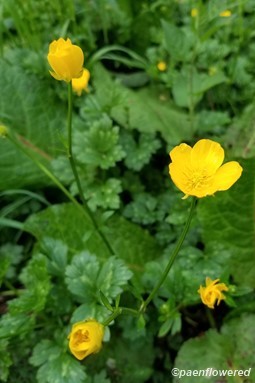
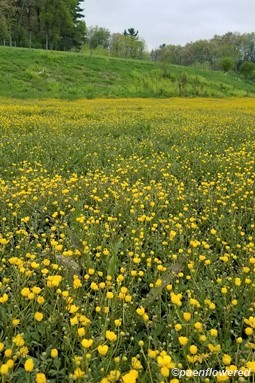
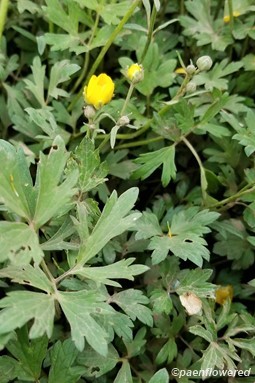
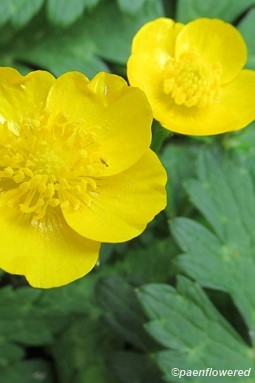


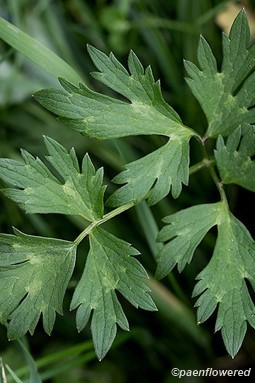











Comments
Have you spotted this plant in your area? We'd love to hear about your experience! Share your comments or questions about the plant below. Comments are moderated before posting.